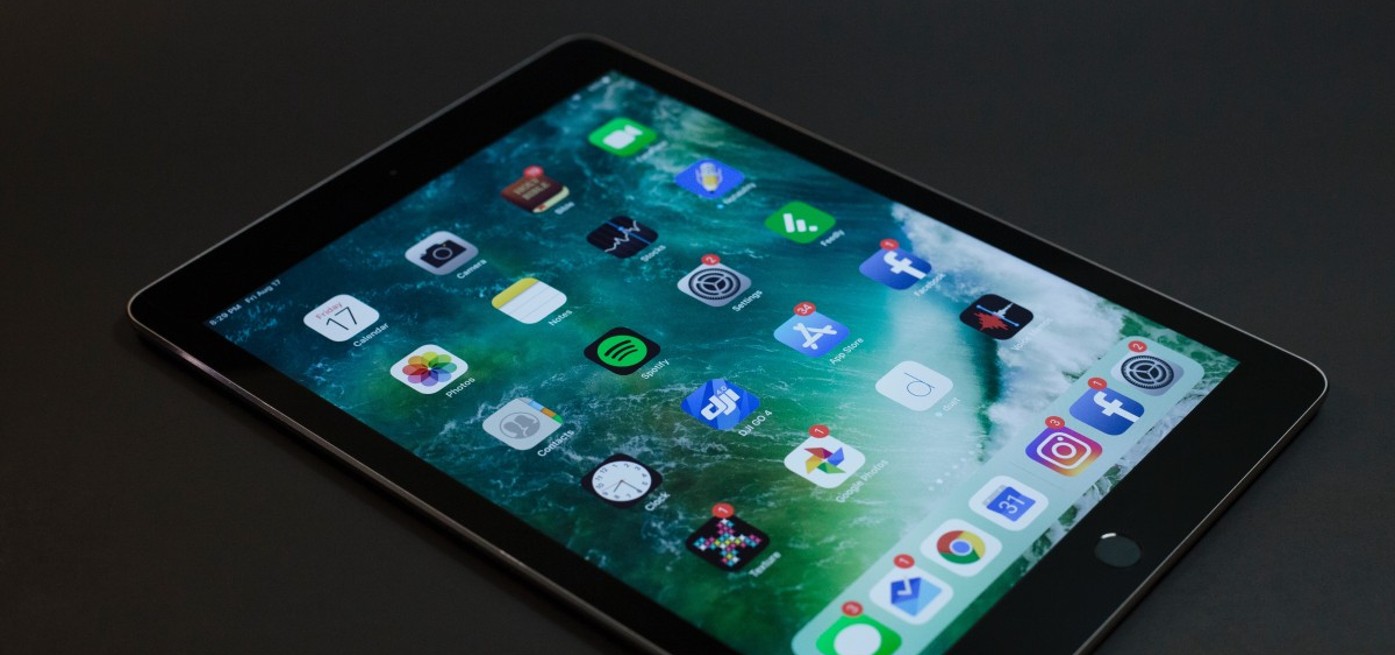
How to Block Drones with a Drone Jammer
In an age where the sky is dotted with drones, the importance of drone jammers has never been more significant. From commercial deliveries to personal

Cell phone signal jammers are devices commonly used by individuals or organizations for various purposes. In schools, they are employed during exams to prevent cheating, while in event venues, they are used to maintain a quiet environment or ensure the confidentiality of meetings. These intentions are generally well-meaning and serve a legitimate purpose. However, it is important to acknowledge that there are instances where cell phone signal jammers are used for personal gain, potentially disrupting public mobile communication services. This article explores the different motivations behind the use of cell phone signal jammers and highlights the need to strike a balance between individual interests and public communication.
Cell phone signal jammers are employed in various settings, such as schools during exams and event venues, to achieve specific objectives. In schools, the primary aim is to prevent cheating during exams, while in event venues, the focus is on maintaining a quiet environment or safeguarding the confidentiality of meetings. These intentions are driven by the desire for fairness, security, and privacy. However, it is crucial to recognize that there are instances where cell phone signal jammers are used for personal gain, potentially compromising public mobile communication services.
Some individuals, such as owners of public telephones, may exploit cell phone signal jammers to disrupt mobile communication base stations near their business locations. By rendering mobile phones unusable in the vicinity of their public telephones, they can compel people to use their services, thereby increasing their economic gains. This misuse of cell phone signal jammers for personal profit highlights the potential negative consequences that can arise when individual interests supersede public communication needs.
Cell phone signal jammers can also be used by mobile communication operators to undermine their competitors and gain an advantage in localized industry competition. This unethical practice demonstrates how the misuse of cell phone signal jammers can harm the interests of other operators and disrupt the overall functioning of the mobile communication industry.
Furthermore, cell phone signal jammers can be easily manipulated by adding software, effectively transforming them into covert eavesdropping devices. This raises concerns about privacy and security, as unauthorized individuals can exploit these devices to intercept sensitive information.
While the intentions behind the use of cell phone signal jammers may vary, it is crucial to prioritize public mobile communication and avoid sacrificing it for individual interests. Research has shown that it is possible to install cell phone signal jammers without disrupting public communication services. There are three main reasons why cell phone signal jammers can interfere with mobile communication base station signals:
To minimize the impact on nearby mobile communication base stations, it is essential to adhere to the following guidelines:
By following these three steps, the negative effects on nearby mobile communication base stations can be minimized, ensuring that the normal communication of the surrounding public remains unaffected.
The use of cell phone signal jammers serves various purposes, ranging from preventing cheating in exams to maintaining privacy and security in event venues. However, it is crucial to strike a balance between individual intentions and the broader public interest in mobile communication. While some individuals may exploit cell phone signal jammers for personal gain, it is essential to prioritize public communication needs and ensure that these devices are used responsibly. By adhering to proper installation practices and using compliant products, the disruptions caused by cell phone signal jammers can be minimized, allowing for the coexistence of individual intentions and public communication services.
Our frequency checker tool will help you check all frequency bands used in all country.

In an age where the sky is dotted with drones, the importance of drone jammers has never been more significant. From commercial deliveries to personal

Protect your vehicle’s location privacy with a professional guide on GPS jammers. From selection to legal considerations and installation tips, we’ve got you covered. Key

Here’s a step by step guide on how to build your own GPS jammer. Below are the main steps we are going to introduce in

Understanding Signal Blocker: How It Works and Its Applications Signal Blockers are devices that can disrupt mobile phone signals, preventing them from connecting to base

The Application and Benefits of High-Power Signal Jammers Enhancing Signal Blocking Efficiency in Various Environments In today’s technologically advanced world, the need for effective signal

Considerations for Purchasing Exam Room Signal Jammers Ensuring Effective Signal Jamming for Exam Integrity As the year approaches its end, many schools are preparing for

The Importance of Monitoring and Signal Interference Measures During Examinations During examination periods, it is crucial to closely monitor the examination venues and their surrounding

Selecting the Appropriate Cell Phone Jammer for Theaters and Auditoriums Overcoming Challenges in Installation and Maximizing Signal Disruption The Importance of Cell Phone Jamming in

Remote Control of Cell Phone Jammers via Smartphone: A Possibility? With the rapid development of the Internet of Things (IoT), numerous smart home devices have

Supplying high quality signal jamming devices since 2010. The only jammer store you can trust.
Jammer Master © 2024. Premium Signal Jammer Supplier Since 2010.